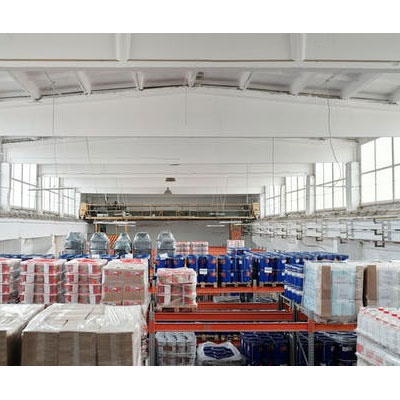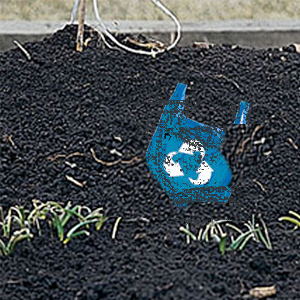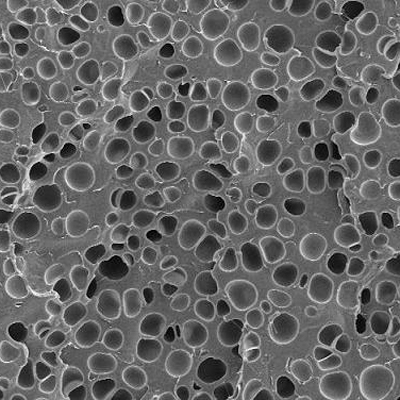The Role of Bioresins in Advancing Sustainability in the Plastic Industry

Plastics have become an integral part of modern life, but their environmental impact, particularly in terms of pollution and resource depletion, has raised significant concerns. In response, bioresins have emerged as a promising alternative, offering a more sustainable approach to plastic production and usage.
Understanding Bioresins
Bioresins are biodegradable polymers derived from renewable sources such as plants, algae, or bacteria. Unlike traditional petroleum-based plastics, which rely on finite fossil fuel resources, bioresins are derived from organic materials that can be replenished through natural processes. This fundamental difference makes bioresins a key player in the quest for sustainable materials in the plastic industry.
One of the most commonly used bioresins is polylactic acid (PLA), which is derived from corn starch or sugarcane. PLA has gained popularity due to its biodegradability and compostability, making it a viable option for applications where environmental impact is a concern.
Advantages of Bioresins
- Reduced Dependency on Fossil Fuels: By utilizing renewable feedstocks, bioresins help reduce the industry's reliance on fossil fuels, contributing to overall energy sustainability.
- Lower Carbon Footprint: The production of bioresins typically generates fewer greenhouse gas emissions compared to traditional plastics, leading to a reduced carbon footprint.
- Biodegradability and Compostability: Bioresins are designed to break down naturally over time, reducing the accumulation of plastic waste in landfills and oceans.
- Potential for Closed-Loop Recycling: Some bioresins, such as PLA, can be recycled in closed-loop systems, further enhancing their sustainability credentials.
Applications of Bioresins
The versatility of bioresins allows them to be used in a wide range of applications across various industries:
- Packaging: Bioresins are used in food packaging, disposable cups, and containers, offering a more environmentally friendly alternative to traditional plastics.
- Consumer Goods: Biodegradable cutlery, tableware, and single-use items can be made from bioresins, catering to eco-conscious consumers.
- Automotive: Bio-based plastics are finding applications in vehicle interiors, dashboards, and exterior components, contributing to lightweight and sustainable automotive design.
- Electronics: Bioresins are used in the manufacturing of electronic casings, accessories, and components, reducing the environmental impact of electronic waste.
- Construction: Sustainable building materials, such as bio-based composites and insulation panels, utilize bioresins for their eco-friendly properties.
Challenges and Innovations
While bioresins offer significant environmental benefits, they also face challenges that require ongoing innovation and development:
- Cost Competitiveness: Bioresins can be more expensive to produce than traditional plastics, impacting their widespread adoption.
- Performance Optimization: Enhancing the mechanical properties, durability, and heat resistance of bioresins remains a focus area for researchers and manufacturers.
- Supply Chain and Raw Materials: Ensuring a reliable supply chain of renewable feedstocks and addressing issues related to land use and agriculture are critical considerations.
- Recycling Infrastructure: Improving recycling capabilities and infrastructure to accommodate bioresins is essential for closing the loop on plastic waste.
Innovations in bioresin technology are addressing these challenges, with ongoing research focused on developing high-performance bioresins, exploring new feedstocks, and improving recycling processes.
Market Trends and Future Outlook
The market for bioresins is experiencing steady growth, driven by increasing environmental awareness, regulatory incentives, and consumer demand for sustainable products. Key trends include:
- Industry Collaboration: Collaboration between industry players, research institutions, and government agencies is driving innovation and investment in bioresin technologies.
- Policy Support: Government policies and regulations promoting the use of bio-based materials and incentivizing sustainable practices are shaping market dynamics.
- Consumer Preferences: Growing awareness among consumers regarding the environmental impact of plastics is driving demand for bioresin-based products.
- Technological Advancements: Advances in biotechnology, process efficiency, and material science are expanding the capabilities and applications of bioresins.
Looking ahead, bioresins are poised to play a significant role in the transition towards a more sustainable and circular economy. Continued research, investment, and collaboration will further accelerate the adoption of bioresins across industries, paving the way for a greener future in the plastic industry.
Conclusion
Bioresins represent a compelling solution to the environmental challenges associated with traditional plastics. Their renewable sourcing, biodegradability, and versatility make them a valuable asset in the quest for sustainability. While challenges such as cost and performance optimization persist, ongoing innovation and market developments are driving progress.
As awareness of environmental issues grows and regulatory frameworks evolve, bioresins are expected to gain traction as a preferred choice for eco-conscious consumers, industries, and policymakers. The role of bioresins in advancing sustainability in the plastic industry is not just a technological advancement but a commitment to a greener and more resilient future.



